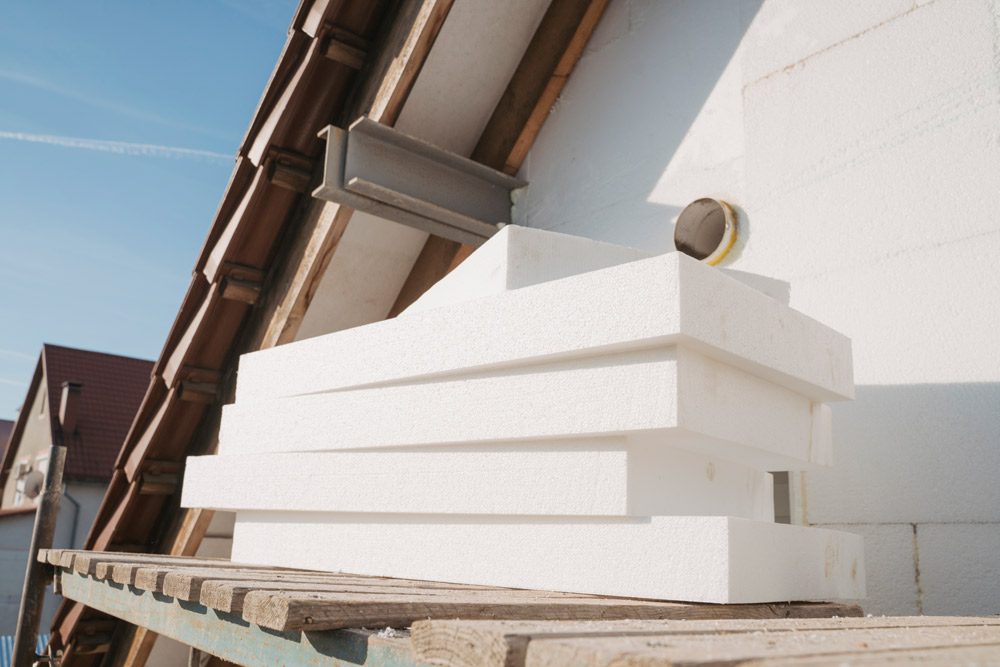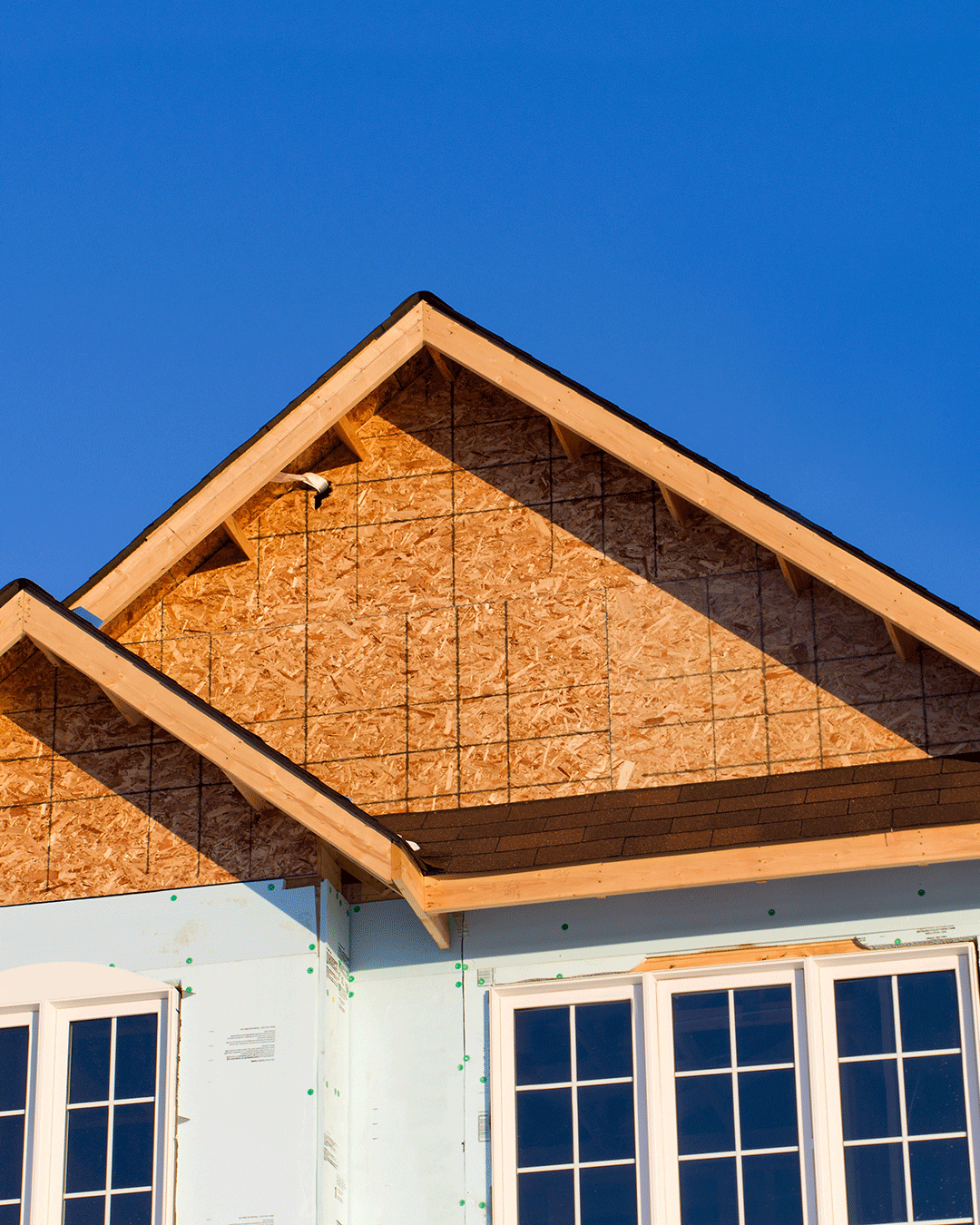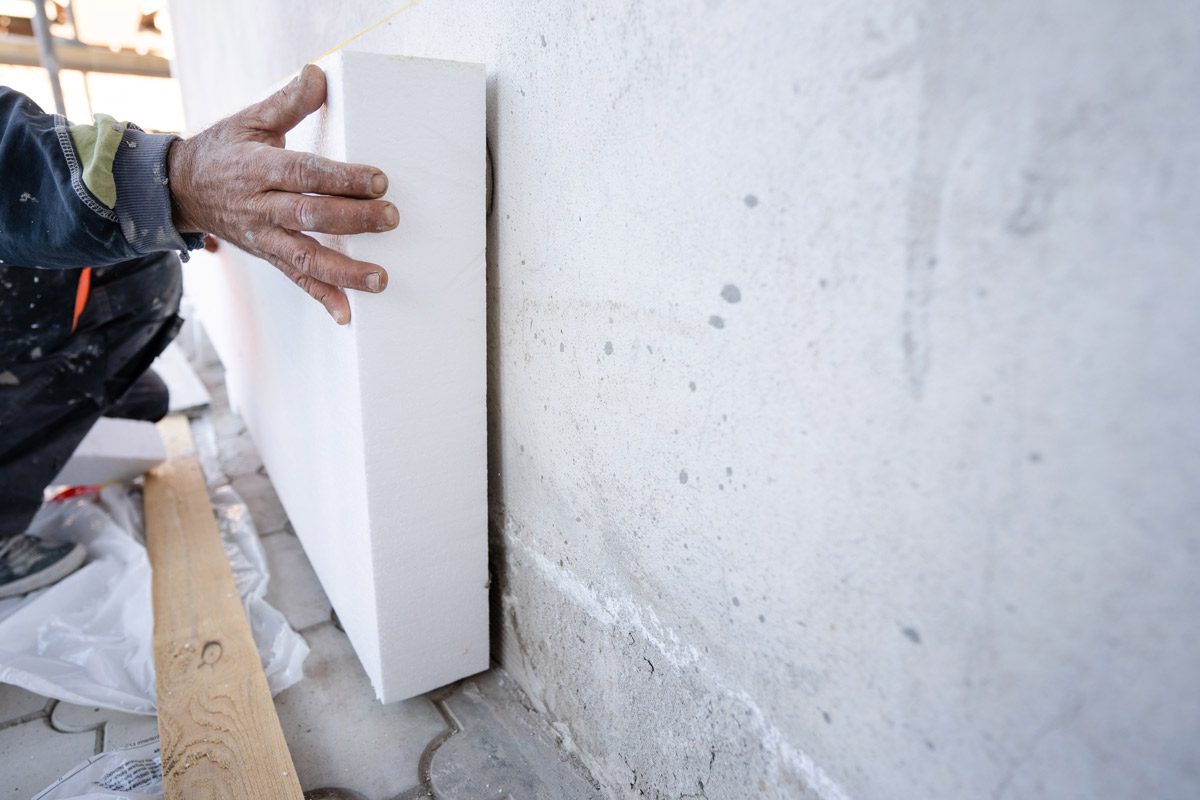If your home is leaky, is it smarter to keep paying the extra energy costs… or fix the leak?
Obvious answer: Fix the leak.
Unfortunately, low-income households typically don’t have that choice. Fortunately, new public policies and modern building materials can make a difference.

Energy Insecure Households Pay Higher Energy Bills
A recent analysis found that two out of three low-income households suffer from “high” or “severe” energy burdens, measures of their ability – or rather, inability – to pay home energy bills.
U.S Energy Information Agency (EIA)
“Household energy insecurity is the inability to adequately meet
basic household energy needs and describes households who face
challenges in purchasing the energy they need because of cost.”
To make matters worse, these “energy insecure” households pay more per square foot for energy than others. Those making less than $10K in household income pay $1.31 per square foot for energy. Those making $100K+ pay $.96. The numbers are similarly skewed for renters versus homeowners.
Why?
The widespread problem of affordable housing often is exacerbated by subpar building materials, especially insulation and air sealants (which sometimes are actually missing!). As the EIA notes: “Energy insecure households are more likely to report their homes are drafty [and] poorly or not insulated…” Shoddy workmanship and materials from the past often lead to higher energy bills today.
As plastic makers, we create many of the modern materials that enable improved energy efficiency measures. Like multiple foam insulation products that increase the R-value of insulation and help stop air infiltration.

How Can We Fix “Leaky” Homes?
The term “leaky house” is just a euphemism for a poor building “envelope,” meaning the physical barriers that separate the inside conditioned space from the outside world. Under-insulated and under-sealed homes lead to massive loss of energy used for heating and cooling. And massive loss of money, too.
We need to fix the leak and insulate the envelope.
To address this problem, federal aid to low-income households typically focuses on helping them pay energy bills. But wouldn’t it make more sense to fix the root of the problem and stop wasting so much energy and money? And not only for low-income households – how about for everybody?
Uh, yeah. Fortunately, there is growing – but not yet universal – understanding of the multiple benefits of focusing on energy efficiency in our homes and buildings. As well as the benefits of constructing and retrofitting to the latest building codes to help keep hot and cold air where it belongs: outside.
What Are the Benefits of Energy Efficient Homes?

A few of the obvious benefits to ourselves and our nation of building for energy efficiency…
- Lower energy costs – Improved energy efficiency measures save money over the life of a home.
- Reduced GHG emissions – Improved energy efficiency measures reduce greenhouse gas emissions (GHGs) over the life of the home.
- Improved resource efficiency – Improved energy efficiency measures enable more efficient and right-sized HVAC (heating and cooling) equipment, saving money and resources.
- More comfortable – Improved energy efficiency measures improve the comfort of our homes. Aaaaah.
And a couple not so obvious benefits of energy efficient homes & buildings…
- Better health – Improved energy efficiency measures can address conditions that affect our health – poorly sealed homes allow pests, moisture and air pollution to infiltrate, which can lead to respiratory problems.
- More resilient homes and communities- Improved energy efficiency measures can improve the resilience of our homes and communities during natural disasters.
The American Council for an Energy-Efficient Economy (ACEEE)
“As an energy resource, energy efficiency is proven, affordable and reliable.
In our energy systems, we plan for it, count on it and it helps keep the lights on.
And when compared with investments in [new energy] generation,
efficiency is often the least cost option.”

Change Is Coming
What’s standing in the way of these improved energy efficiency measures? Inertia, mostly. Doing things the old way. And a short-term mindset, like factoring in only upfront costs and not future, long-term costs and consequences.
But that’s rapidly changing. New public policies, updated building codes and modern, high-performance building materials are poised to change our nation’s reliance on the old ways.
We believe that all new housing and affordable housing programs should require up-to-date energy code levels of building performance. And federal aid should hinge on requiring states to implement a retrofit program to help homeowners upgrade their building envelope, which will reduce the cost of energy needs and create better living conditions for low-income families.
These two steps will drive down energy loss and take a big bite out of energy insecurity.

America’s Plastic Makers comments to U.S. Department of Energy
“We encourage smart policies, energy code development, energy code adoption and efficiency programs that decrease energy consumption and energy poverty in our nation.”
Upgrading our nation’s building insulation is one of the most effective ways to save energy and money and drive down greenhouse gas emissions.
It’s time to fix the leak. It’s time to insulate the envelope.
Dig deeper at plasticmakers.org/buildingsustainability
